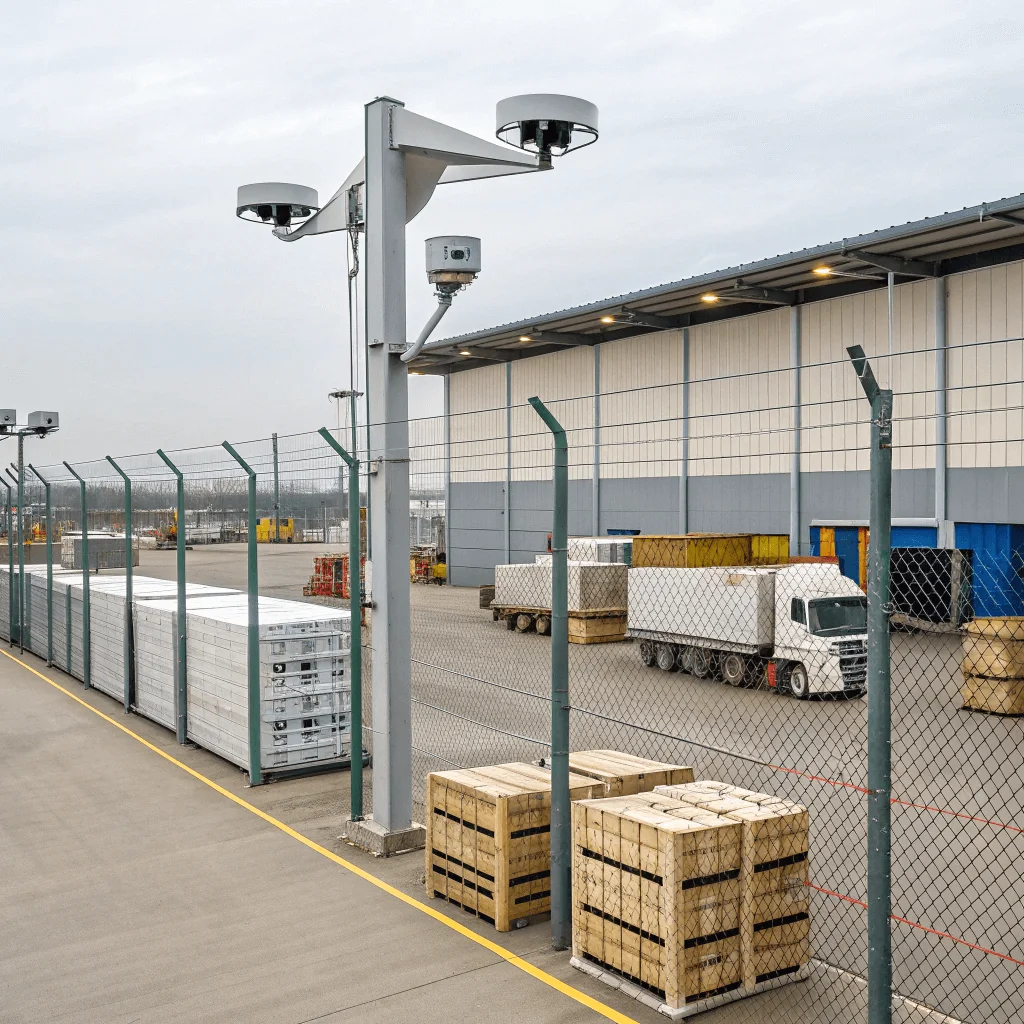Artificial intelligence is reshaping how companies defend their supply chains. The old ways of managing risk through spreadsheets and reactive responses no longer work.
Modern threats move faster than human monitoring. AI brings speed, pattern recognition, and predictive power to security. Companies that learn to apply it correctly gain a measurable advantage.
The Growing Problem of Hidden Risks
Global supply chains have become larger and more complex. Each added vendor, system, or data connection expands the attack surface. Most organizations depend on third-party tools and cloud services. Each one introduces potential vulnerabilities.
Attackers target weak links. A single compromised vendor can expose multiple clients. This ripple effect was seen in incidents like SolarWinds, where thousands of organizations were affected through a single supplier breach.
According to IBM’s 2024 Cost of a Data Breach Report, 51% of breaches involved third parties. The cost per incident averaged over $4.8 million. This shows that supply chain attacks are not rare events. They are a leading cause of modern breaches.
How AI Strengthens Supply Chain Defenses
AI helps companies detect threats earlier and respond faster. It uses machine learning to analyze large volumes of network and vendor data. It identifies irregular patterns that might indicate compromise.
Traditional monitoring tools rely on pre-set rules. They raise alerts when certain conditions are met. AI, in contrast, learns from behavior. It adapts to new threats that have never been seen before.
Here are the main ways AI supports defense against supply chain security threats:
- Continuous risk scoring: AI tracks vendor activity and assigns real-time risk levels based on recent behavior.
- Anomaly detection: AI spots changes in data flow, file access, or communication patterns. This helps detect hidden breaches faster.
- Automated response: AI tools can block suspicious access or isolate affected systems within seconds.
- Predictive modeling: AI forecasts which suppliers are most likely to face an attack based on their digital footprint and history.
This automation reduces the workload on human analysts. It also minimizes the time between detection and action, which is critical in breach containment.
The Limits and Risks of AI in Security
AI improves efficiency, but it also brings new challenges. Attackers now use AI to create more advanced phishing messages and to probe systems for weaknesses. This means defenders and attackers are both evolving at the same pace.
AI systems can also produce false positives or miss subtle attacks if trained on incomplete data. Blind trust in automation can create a false sense of security.
Companies must ensure transparency and oversight in their AI models. This includes:
- Regular audits of AI decisions.
- Human review of alerts and risk scoring.
- Diversity in data sources to avoid bias or data gaps.
Security teams should see AI as an assistant, not a replacement. It enhances decision-making but still requires human judgment.
Building AI-Ready Supply Chains
Before applying AI, companies need clean and structured data. Poor data quality limits AI accuracy. Organizations should start by mapping every supplier, asset, and dependency. They must identify where data flows and how it is protected.
Once visibility improves, companies can apply AI gradually. Start with vendor risk scoring or automated compliance checks. Then expand to anomaly detection and predictive threat modeling.
Training and communication also matter. Teams should understand what AI tools do and what they do not do. They must know how to interpret AI alerts and how to respond when systems flag potential threats.
Companies should also require their suppliers to meet minimum security standards. AI tools can monitor compliance continuously. This creates accountability and reduces shared risk.
What Comes Next
AI adoption in supply chain security is still early but accelerating. According to Gartner, 60% of enterprises plan to integrate AI-driven security tools into their vendor management systems by 2026. Those who start now will have a stronger defense and lower incident costs.
The key is balance. Use AI for speed and detection, but maintain human oversight for context and decision-making. The combination of machine precision and human judgment creates resilience.
Supply chains are the backbone of business. Protecting them requires constant adaptation. AI is not a shortcut, but it is an essential tool in keeping up with the scale and complexity of modern threats.
Final Takeaway
AI is changing how organizations detect, assess, and respond to supply chain security threats. It provides early warning, faster containment, and better visibility. Yet it demands structure, oversight, and human skill to be effective.
Companies that build data-driven, AI-enhanced supply chains will stay ahead of attackers and protect their operations from the growing wave of third-party risks.
